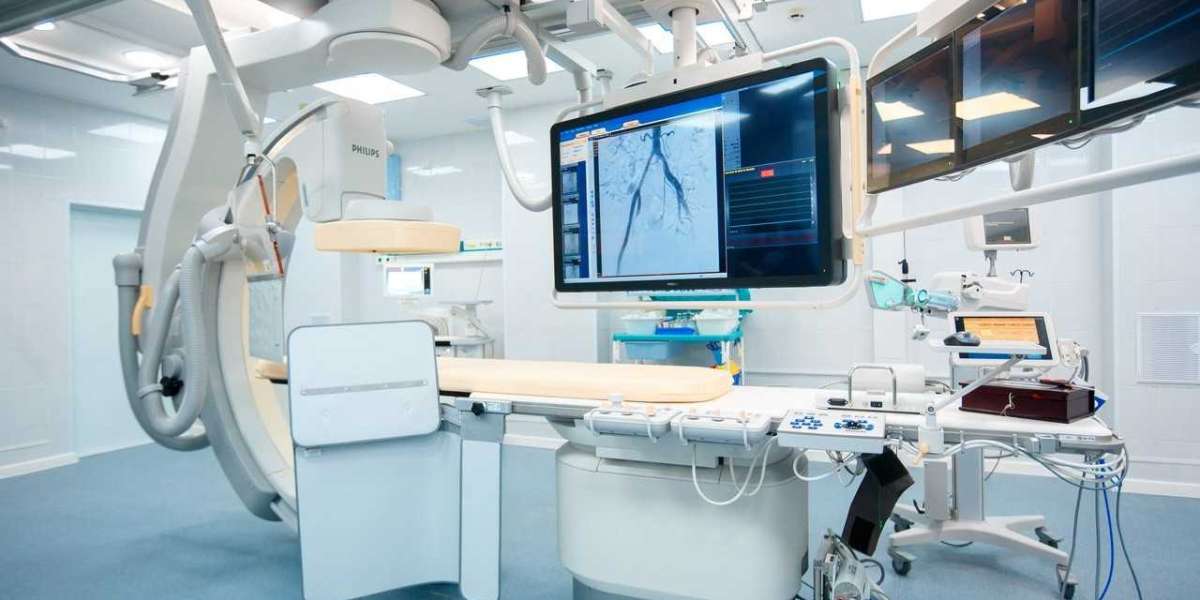In today’s fast-paced work environments, leading change is essential for business growth and success. However, one critical aspect that must never be compromised during these changes is workplace safety. Many companies focus on improving efficiency, cutting costs, or adopting new technologies but overlook the vital need to maintain a safe working environment. Ignoring workplace hazards during times of change can lead to serious accidents, injuries, and even fatalities.
In this article, we will explore how to lead change effectively while ensuring workplace safety remains a top priority. We will discuss common hazards, share real-world examples, and provide a clear, step-by-step guide to help you navigate change without putting your team at risk. Whether you are a business owner, safety officer, or team leader, this guide—along with insights from an OSHA course—is designed to equip you with the knowledge and tools needed to maintain a safe work environment.
Why Workplace Safety Should Never Be an Afterthought During Change
When companies decide to introduce new processes, equipment, or workflows, safety risks often increase temporarily. For example, employees may be unfamiliar with new machinery or procedures, leading to higher chances of accidents. Additionally, rushing changes without proper safety checks can expose workers to hazards such as slips, trips, falls, chemical exposures, or electrical dangers.
A simple story to highlight this happened in a mid-sized manufacturing company. They upgraded their conveyor belts to increase production speed but did not provide adequate training or hazard assessments. Within a month, two workers suffered serious hand injuries because safety guards were removed during installation and never properly replaced. The incident not only caused pain and suffering but also cost the company thousands in downtime and compensation.
This example clearly shows that leading change without compromising workplace safety is not just an ethical responsibility but a smart business decision. Investing time and resources upfront to manage hazards saves money, protects employees, and builds a culture of trust and reliability.
Common Workplace Hazards to Watch For During Change
Understanding the types of hazards you might face during organizational changes is crucial. Some of the most frequent risks include:
1. Mechanical Hazards
Introducing new equipment or modifying existing machines can cause crushing, cutting, or entanglement injuries if safety guards are missing or malfunctioning.
2. Chemical Hazards
Changes in materials or processes might expose workers to harmful chemicals without proper ventilation or protective gear.
3. Ergonomic Hazards
New workflows may force employees into awkward postures or repetitive tasks that cause strains, sprains, or chronic musculoskeletal disorders.
4. Electrical Hazards
Upgrading electrical systems without proper safeguards can result in shocks, burns, or fires.
5. Psychological Hazards
Rapid changes may increase stress levels, leading to fatigue or reduced concentration, which raises the likelihood of accidents.
Step-by-Step Guide to Leading Change Without Compromising Safety
Here’s a practical framework you can follow to lead change while keeping safety front and center:
Step 1: Conduct a Comprehensive Risk Assessment
Before implementing any change, thoroughly assess all potential workplace hazards. Engage your safety team or hire experts to identify risks related to equipment, materials, environment, and human factors. Use checklists, safety audits, and employee feedback for a full picture.
Step 2: Involve Employees in Safety Planning
Employees know the daily realities of their jobs better than anyone. Include them in planning sessions and ask for their input on potential hazards and safer alternatives. This not only improves safety measures but also boosts morale and ownership.
Step 3: Provide Clear Training and Communication
Introduce new procedures with detailed training sessions focused on safe practices. Make sure everyone understands how to handle new equipment or materials safely. Use visual aids, demonstrations, and hands-on practice to enhance learning.
Step 4: Update Safety Protocols and Equipment
Make necessary adjustments to safety guidelines, personal protective equipment (PPE), and emergency plans before rolling out changes. For example, if new chemicals are introduced, ensure proper storage, labeling, and PPE like gloves and respirators are available.
Step 5: Monitor, Review, and Adapt
After implementing changes, continuously monitor safety performance. Conduct regular inspections and gather feedback to spot emerging hazards. Be ready to adapt safety strategies as needed to address unforeseen risks.
Real-Life Example: How Proper Safety Leadership Saved Lives
Consider the story of Sarah, a Safety Officer at a construction firm in Pakistan. When the company introduced new scaffolding systems, Sarah led an extensive safety campaign, including hazard identification, employee training, and PPE upgrades. As a result, the company avoided the common fall accidents that often occur during such changes. Sarah’s leadership showed that prioritizing safety does not slow progress—it enhances it.
For professionals like Sarah, enrolling in a Safety Officer Course in Pakistan provides vital knowledge to manage workplace hazards effectively. These courses teach the latest regulations, risk management techniques, and leadership skills needed to maintain safe environments during transitions.
Why Investing in Safety Training is Key to Successful Change
One of the best ways to ensure your team stays safe during change is to invest in recognized safety certifications like the OSHA Certificate. OSHA (Occupational Safety and Health Administration) provides comprehensive training programs covering hazard recognition, prevention strategies, and compliance requirements.
Employees who complete OSHA training gain confidence in handling new workplace hazards and are more likely to follow safety protocols. Furthermore, companies that prioritize such training see fewer workplace injuries, reduced absenteeism, and improved overall productivity.
Read More: OSHA in Pakistan
Practical Tips to Maintain Safety While Leading Change
- Create a Safety-First Culture: Encourage workers to report hazards and near-misses without fear of punishment. Celebrate safety milestones to keep motivation high.
- Use Safety Technology: Incorporate tools like hazard detection sensors, automated alerts, or safety apps to enhance awareness.
- Regular Safety Meetings: Hold brief, frequent meetings focused on upcoming changes and related risks.
- Design Safer Workspaces: When redesigning processes, consider ergonomics and hazard minimization at the planning stage.
- Ensure Proper PPE Use: Always provide and enforce the use of appropriate PPE tailored to new hazards.
Final Thoughts
Leading change in the workplace is inevitable and necessary, but it should never come at the expense of employee safety. By understanding potential hazards, involving your team, providing training, and continuously monitoring risks, you can create a safer environment where innovation thrives.
Remember, investing in workplace safety is not just a legal obligation—it's a pathway to stronger business success. Take action today by exploring safety training opportunities like the Safety Officer Course in Pakistan or obtaining your OSHA Certificate to lead change confidently and safely.
How does your organization approach workplace safety during times of change? Share your experiences or questions below!







